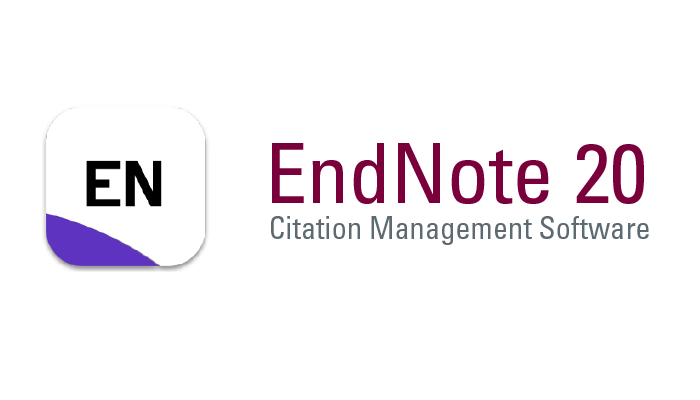DINAMIKA PENDIDIKAN ISLAM DI THAILAND
DOI:
https://doi.org/10.47887/amd.v4i1.120Keywords:
Dynamics, Islamic Education, ThailandAbstract
The country of Thailand, also known as Muangthai, or Siam, or the land of the white elephant, is located in northern Malaysia, and is often depicted as a flower that blooms on a stalk. Thailand means an independent country, because it is the only country in Southeast Asia that has never been colonized by western powers or other countries in the world. The Muslim population of Thailand is mostly domiciled in the southern part of Thailand, which is an area that is often called Patani, such as in the provinces of Songkhla, Yala, Narathiwat, Setul and its surroundings which historically were part of Daulah Islamiyyah Pattani. In simple terms, Islamic education is education that is "colored" in Islam. So Islamic education is education based on Islam. Thus the values of Islamic teachings really color and underlie the entire educational process. Regarding the spread of Islamic education in Southeast Asia, it cannot be known with certainty, as well as in Patani (South Thailand), but there are several historical records which state that traditional Islamic education began in Patani since the arrival of Islam in Patani land and was then developed by the Patani people for 300 years. years before Raja Patani Sultan Ismail Syah converted to Islam (1488-1511), (Ahmad Omar Chapakia, Malaysia, UKM, 2000: 25). Al-Quran education has promoted education in the form of pondoks. Since then, pondoks have begun to be built in Patani, pondoks have become important and very influential educational institutions and have become a place of support for the community, pondoks are considered a stronghold to defend Malay culture and Islamic religious education. then related to the format of writing in this paper, the author uses this research, which is qualitative research that is literature study (library research). Using books and other literature as the main object. This type of research is research that produces information in the form of notes and descriptive data contained in the text under study.
References
Ahmad Omar Chapakia. (2000). Politik dan Perjuangan Masyarakat Islam di Selatan Thailand,Cet-I (Malaysia, UKM) : 25.
Ahmad Omar Chapakia. (2000). Politik Thai dan Masyarakat Islam di Selatan Thailand, (Kedah: Pustaka Darussalam : 6.
Al-Fathoni Ahmad Fatah. (2001). Ulama Besar patani,(Malaysia: UKM) : 143.
Azyumardi Azra. (2012). Pondok Patani, Republika,(2).
Haidar Putra Daulay. (2009). Dinamika Pendidikan Islam di Asia Tenggara, Cet I, (Jakarta: Rineka Cipta : 131.
Haidar Putra Daulay. (2009). Dinamika Pendidikan Islam di Asia Tenggara, Cet I, (Jakarta: Rineka Cipta) : 138-139.
Haji Abdul Halim Bashah. (1994). Raja Campa & Dinasti Jembal Dalam Patani Besar, (Kelantan: Pustaka Reka) : 63.
Kerajaan Melayu Islam Patani mencapai masa kejayaan pada masa raja-raja perempuan berkuasa berkisar pada tahun (1584-1624)
M. Darwan Rahardjo. (1988). Islam di Muangthai: Nasionalisme Melayu masyarakat Pattani, Jakarta: LP3ES : 138-139.
Madmaran Hasan. (2002). The Pondok and Madrasah in Pattani, (Kuala Lumpur: Universitas kebangsaan Malaysia) : 21.
Malek Mohd Zamberi. (1994). Pattani dalam Tamaddun Melayu, (Kuala Lumpur: Dewan bahasa dan pustaka Kementerian Pendidikan Malaysia : 4-5.
Muhammad Athiyah al-Abrasyi, al-Tarbiyah al-Islamiyah, (Bairut: Dar al-Fikri al-Arabi, tt) (3) : 100.
Muhammad. Zamberi A. Malek. (1994). Patani dalam Tamadun Melayu, (Kuala Lumpur: Dewan Bahasa dan Pustaka) : 92.
Muhammad. Zamberi A. Malek. (1994). Patani dalam Tamadun Melayu, (Kuala Lumpur: Dewan Bahasa dan Pustaka) : 97.
Nana Syaodih Sukmadinata. (2002). Pengembangan Kurikulum Teori dan Praktek, (Bandung: Remaja Rosda Karya) :4.
Nazar, Bakry. (1994). Tuntunan Praktis Metodologi Penelitian. (Jakarta: Pedoman Ilmu Jaya) : 2.
Nik Anwari Nik Mahmud. (1999). Sejarah Perjuangan Melayu Patani 1785-1954, (Selangor: UKM) : 35.
Omar Muhammad al Syaibany. (1997). Falsafah Pendidikan Islam, (Jakarta: Bulan Bintang) :478.
Saiful Muzani. Ed. (1993). Pembangunan dan Kebangkitan Islam di Asia Tenggara, (Jakarta: Pustaka) : 330.
Downloads
Published
How to Cite
Issue
Section
License
Copyright (c) 2023 Nuruzzahri Nuruzzahri

This work is licensed under a Creative Commons Attribution-ShareAlike 4.0 International License.
Authors retain copyright and grant the journal right of first publication and this work is licensed under a Creative Commons Attribution-ShareAlike 4.0 that allows others to share the work with an acknowledgement of the works authorship and initial publication in this journal.
All articles in this journal may be disseminated by listing valid sources and the title of the article should not be omitted. The content of the article is liable to the author.
Authors are able to enter into separate, additional contractual arrangements for the non-exclusive distribution of the journal's published version of the work (e.g., post it to an institutional repository or publish it in a book), with an acknowledgment of its initial publication in this journal.
Authors are permitted and encouraged to post their work online (e.g., in institutional repositories or on their website) prior to and during the submission process, as it can lead to productive exchanges, as well as earlier and greater citation of published work.
In the dissemination of articles by the author must declare the Al-Madaris Jurnal Pendidikan dan Studi Keislaman as the first party to publish the article.














